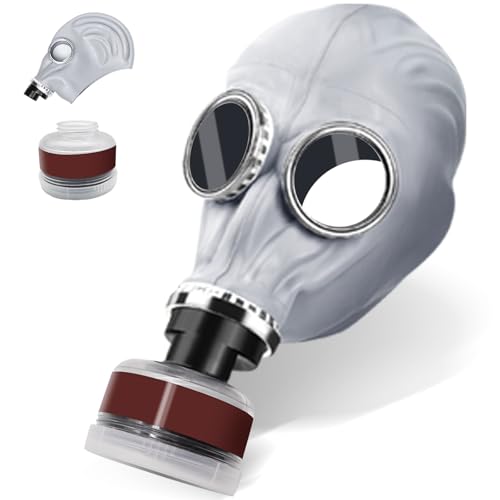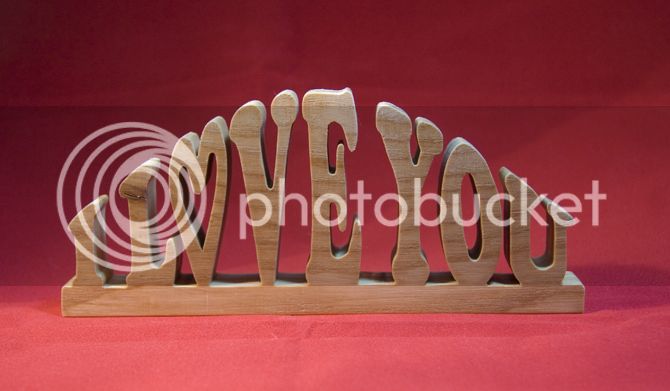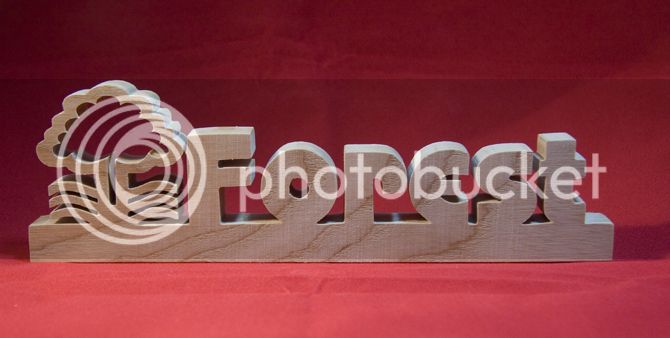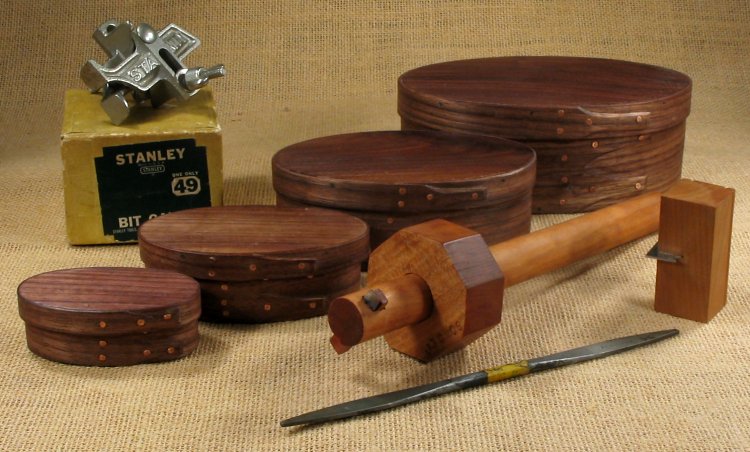A lot will depend on what it is you want to shoot, and how big they are. if you have a few small repeatable pieces, then consider getting them together and hiring a photographer for a morning to shoot them for you - it'll probably cost a few hundred quid, but you'll arguably get better results, more easily and faster. If you need to regularly shoot smaller unique or one-off pieces, then you're probably better off spending the few hundred quid putting the kit together to take the photos yourself. And the camera is the least important part of the kit, btw

Just FYI, I was a studio-based professional photographer for 20-odd years, only coming back 'on the tools' to earn an honest living in 2001.
One of the early decisions you need to make is how you want to present your items e.g. shot 'in situ' in a home environment, or as a 'product' floating on a background. There are pros and cons of each approach - putting e.g. a chest of drawers in an environment gives it context, but equally the 'context' of the environment can detract from what you're showing. Similarly, putting a chest of drawers on a nicely-lit neutral background can focus all the attention on the piece of work, but won't give any visual clues as to say, how big it is, or how it would look in an alcove.
Photographing things in a 'studio' setting requires quite a staggering amount of space. Very small items can be done in a light tent as mentioned above; things like larger boxes etc… you can do on a table-top - an 8x4 of formica clamped onto a 3x5 baseboard and swept up at the back gives a nice platform. Big soft light over the top, reflectors at the sides and you're away - though even with a small set like this you'll need probably ~10' ceiling height, 10' wide and 20' long.
For larger items, you'll likely need to work on the floor; you can buy wide rolls of background paper in a variety of nasty colours - stick to white or neutrals. Lighting a large area without specialised kit can be tricky, especially on a budget. I worked with a guy once who made his own massive light using 8x4s of polystyrene taped to a 2x1 frame and with a couple of layers of 'soft frost' diffuser over the front. Worked really well, though the thing was huge and needed an intricate pulley-system to hoist it up to the ceiling - and you could only just walk underneath it…
If you have the luxury of high ceilings, then a good option is to bounce cheap lights (e.g. halogen worklights) off a white ceiling to give a nice spread of light, otherwise you might need to suspend an 8x4 poly up near the ceiling to bounce lights off. In many ways, taking your pieces somewhere to photograph them may be an easier option - even with the attendant transportation and permission hassles - though probably not as easy as getting someone else to do it for you…

And of course, if you decide on the 'DIY & on location' approach, you'll need a portable lighting kit of some kind.
Good luck and HTH, Pete.










































